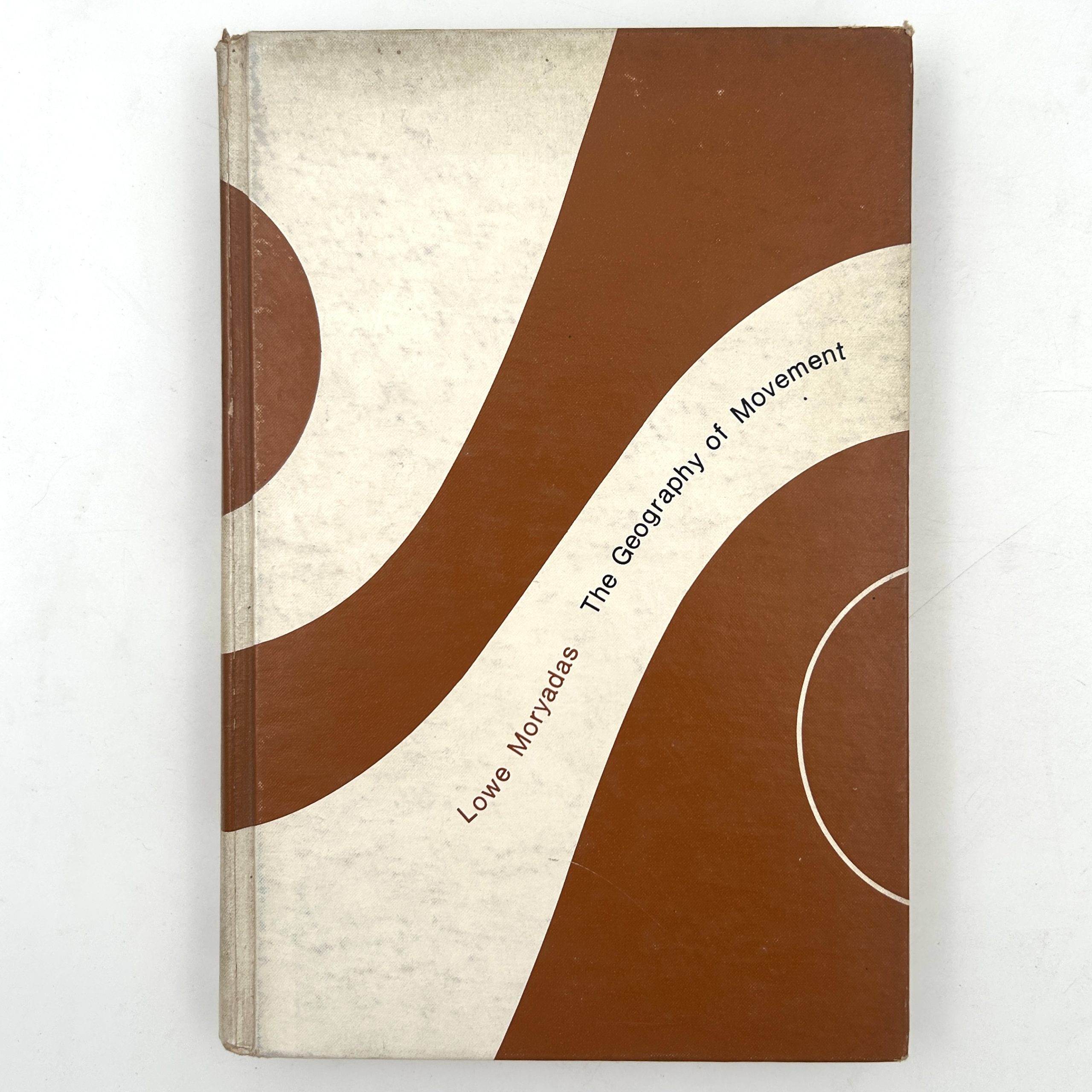The Geography of Movement
By: Lowe Moryadas
Published by: Houghton Mifflin Company
Edition: 1975
Pages: 333
Movement has always been a fundamental aspect of human existence, shaping civilizations, economies, and cultures. The Geography of Movement by Lowe Moryadas presents a thorough examination of the spatial dynamics of movement, analyzing transportation networks, migration patterns, and the diffusion of ideas and technology.
This book discusses the theoretical frameworks behind movement, exploring key concepts such as friction of distance, spatial interaction, and accessibility. Moryadas provides historical examples of migration waves, trade routes, and urban transportation systems to illustrate how movement has influenced the development of societies. Additionally, the book considers modern advancements in transportation and communication, highlighting their impact on global connectivity and economic activities.
With a well-structured approach, The Geography of Movement integrates data analysis, case studies, and maps to provide a comprehensive understanding of mobility patterns. The author also addresses contemporary issues such as urban congestion, globalization, and the role of technology in shaping movement.
This book is a valuable resource for students of geography, urban planning, and economics, as well as professionals interested in transportation systems and global mobility trends. It offers deep insights into how movement influences spatial organization and the interconnectedness of our world.
-
Explores the fundamental role of movement in shaping human societies and economies.
-
Discusses key geographical concepts such as spatial interaction, accessibility, and transportation networks.
-
Covers historical and contemporary examples of migration, trade routes, and urban mobility.
-
Examines the impact of technology and globalization on movement patterns.
-
Includes maps, case studies, and data analysis to illustrate geographical trends.














Reviews
There are no reviews yet.